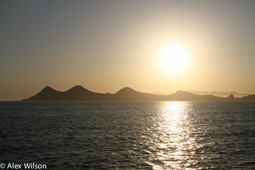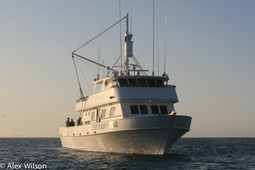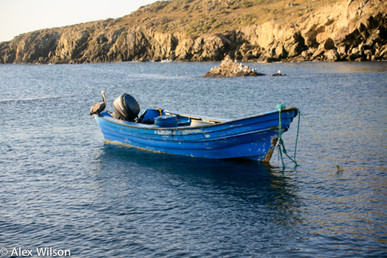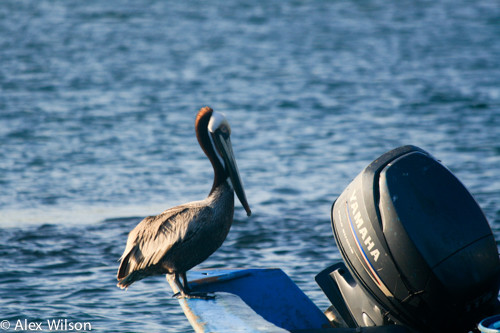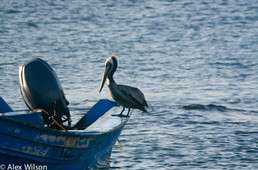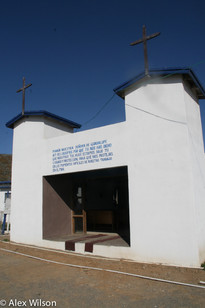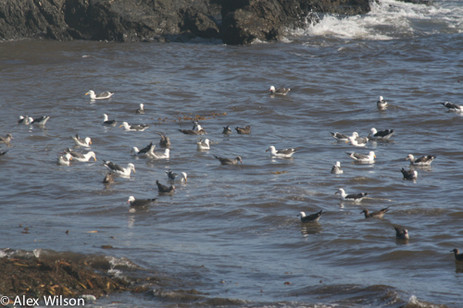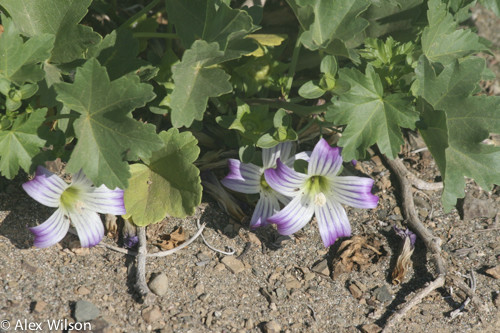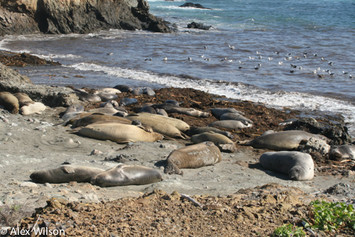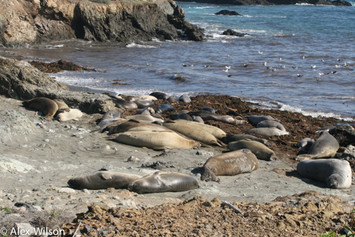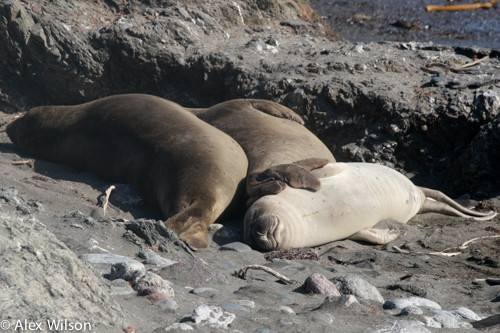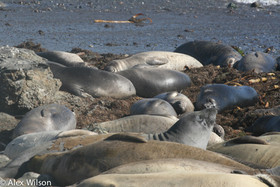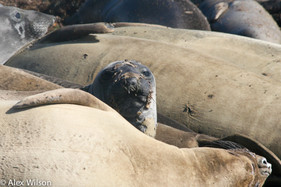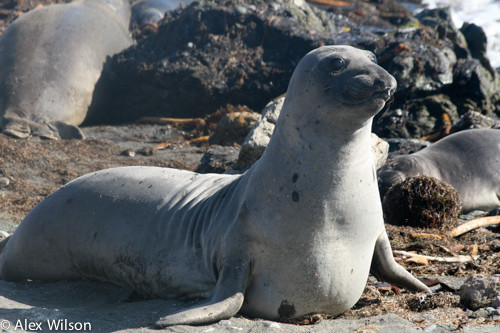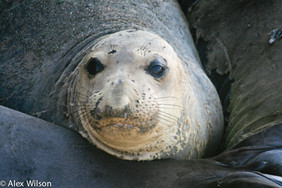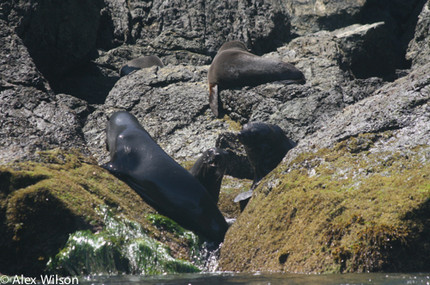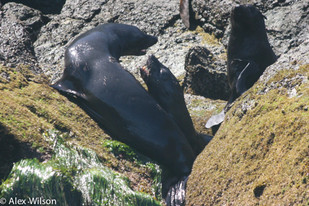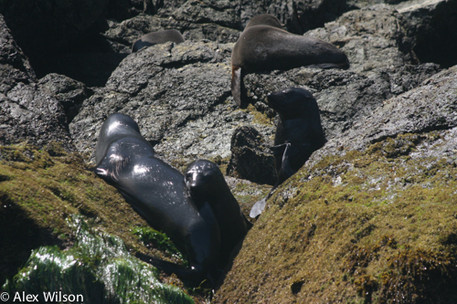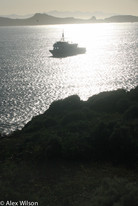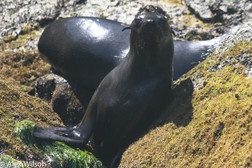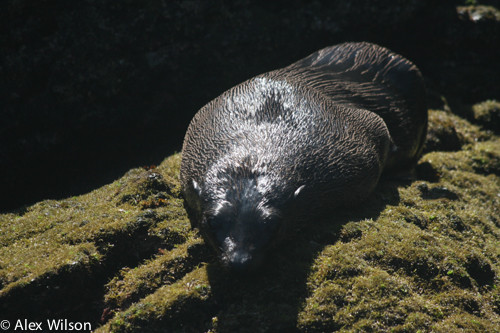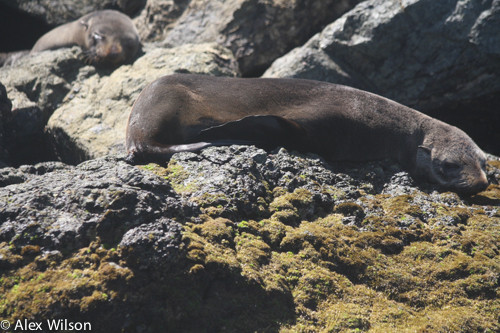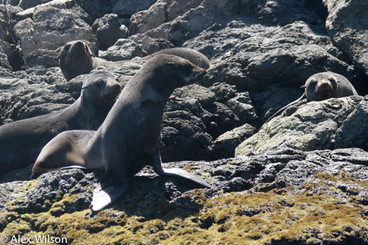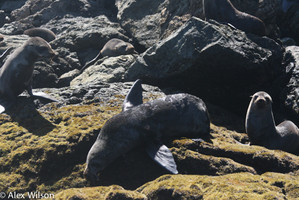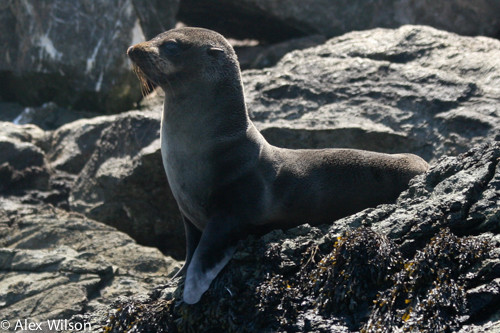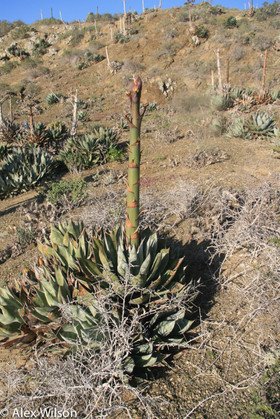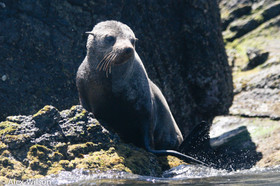Day 2 - Monday 29 March
Pacific Coast – San Benitos Island
Daybreak found us just a bit north of the San Benitos Islands. The rising sun broke over the jagged crest of Cedros Island to
the east.
These islands have been isolated form the Baja peninsula long enough for several endemic species to evolve. We saw five of the six endemic plants; San Benitos Mallow, Tarweed, Island Poppy, Popcorn flower and Mammalaria cactus.
The island is riddled with seabird burrows; Cassin’s Auklets and Xantus’s Murrelet are the main occupants. The primary reason the nesting sea birds come and go by dark is to avoid predation by large and aggressive Western Gulls.
We observed many Northern Elephant Seals on a beach. Most of the seals were here to molt, but there were still quite a few recently weaned animals. All the adults had gone to sea after the breeding season ended. The bird highlights included a Merlin chasing a Peregrine Falcon, a large group of Black Turnstones and several active Osprey nests at close range.
Enjoying skiff rides along the jagged, rocky edge of the island we were able to see at least forty Guadalupe Fur Seals. These endangered pinnipeds had been hunted for their fur and have only been seen at these islands in the last few years.
Blows were spotted to the south! Two Blue Whales in very shallow water, 100 to 250 feet deep, unusual for Blues. We saw these dramatically large animals surface many times affording us an appreciation for their steel grey colour and small dorsal fin. They were heading northwest into a swell and since our course was to the south we left them.
We saw 400 Cassin’s Auklets, a tiny relative of the puffin that feeds on krill like the Blue Whale. The Black-footed Albatross that were sitting on the water were a lot easier to see and probably more interesting to most onboard.
